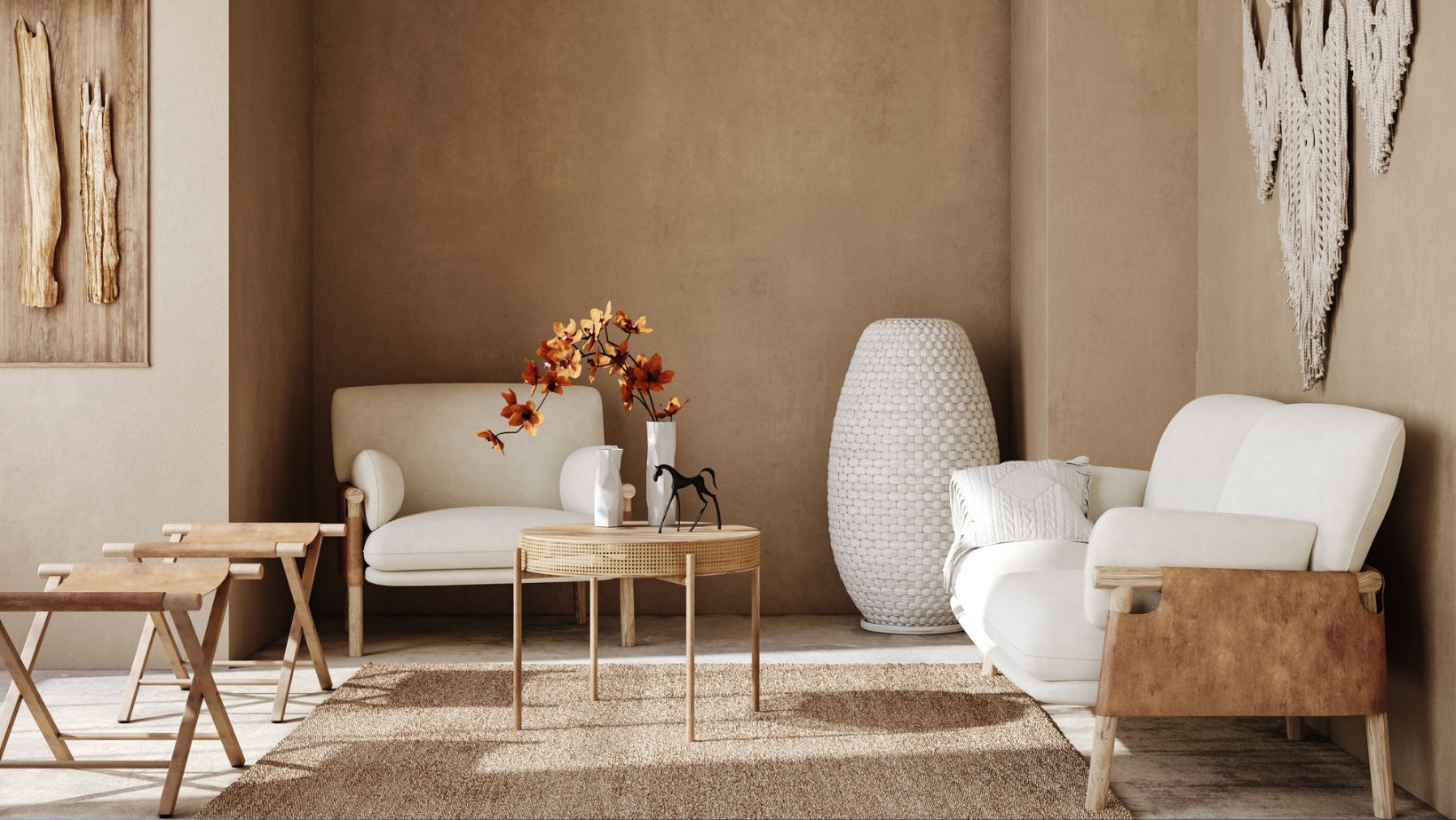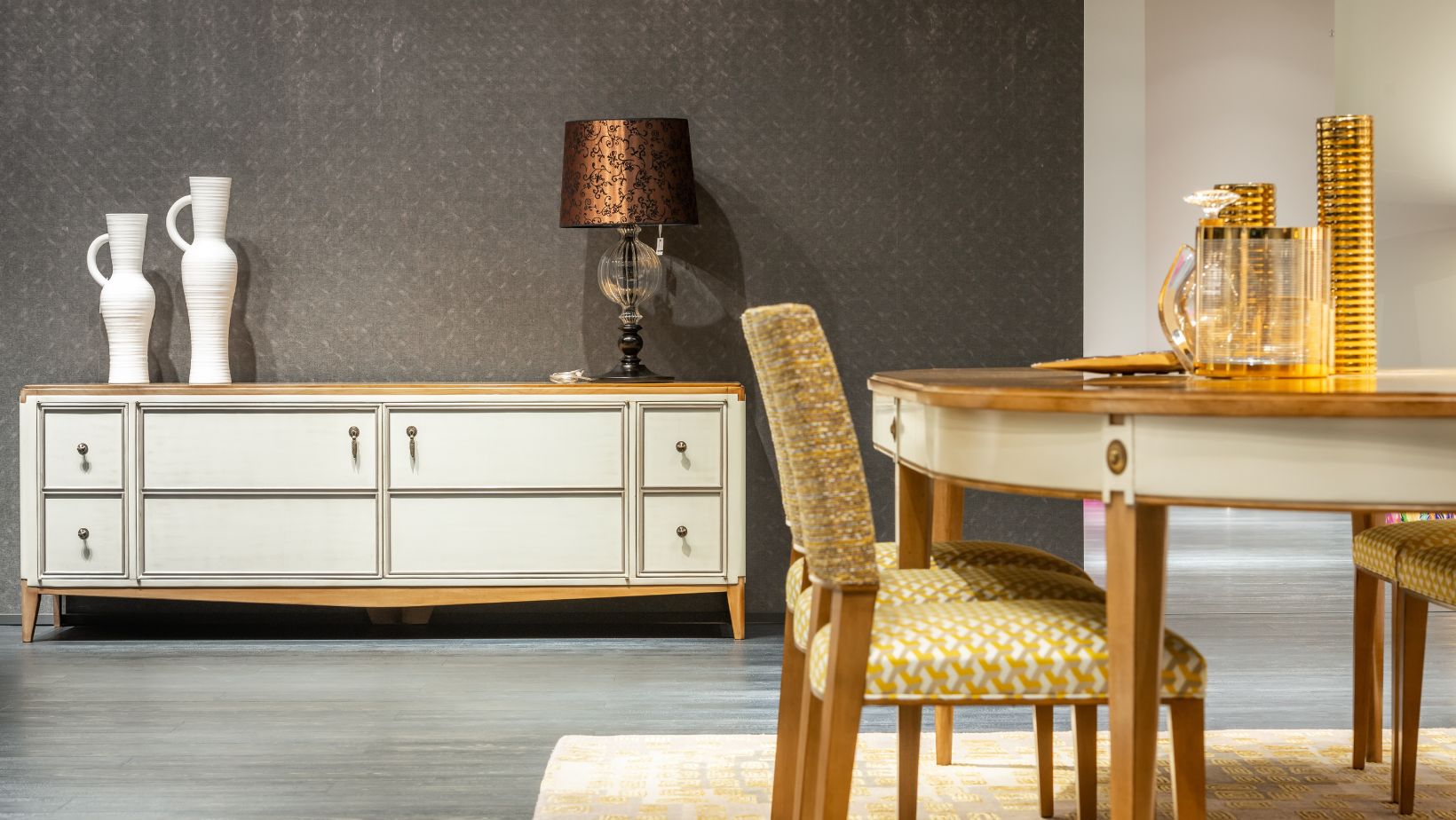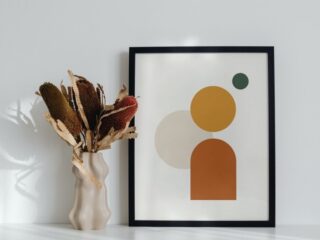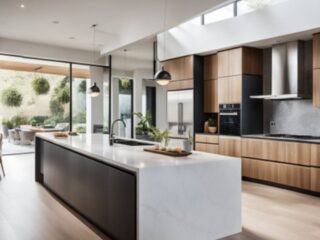
Do you love the sleek lines of mid-century modern furniture but also feel like your home needs a touch of modern edge?
You’re definitely not alone – in fact, mid-century modern design remains one of the most popular décor styles in the world. And there’s a very good reason for that: it’s minimalist without being cold, structured without feeling rigid, and undeniably timeless.
But sometimes, sticking strictly to one style can make a space feel not only too predictable (or boring, if you will) but also, well, dated.
That’s why we’re such big fans of blending different styles together, or in this case, contemporary elements with mid-century modern. The right mix of these two styles can give any home character, balance, and a lived-in warmth that feels anything but sterile. Enhance the blend of contemporary and mid-century modern design by incorporating functional details like Post Guards to protect and complement your outdoor or indoor spaces with a sleek, modern edge.
Why Mid-Century Modern Still Works Today
Mid-century modern design has a staying power that few other trends can match. Born in the post-World War II era, it uses clean lines, functionality, and organic shapes. The aesthetic is all about simplicity without sacrificing warmth – walnut finishes, tapered legs, and furniture that seems to float off the ground.
The appeal lies in its versatility. Namely, mid-century pieces have a sculptural quality, making them stand out without overwhelming a space. Plus, they’re inherently practical: designed for real people living real lives, they complement almost any modern home.
Why Combine Mid-Century Modern with Contemporary?
While we love mid-century design, on its own, it can sometimes feel like a time capsule. But pair it with contemporary elements – like neutral colors, open spaces, and updated materials – and you can bring it firmly into the 21st century.
Also, contemporary design offers the perfect counterbalance to mid-century warmer tones and organic curves. Its emphasis on clean lines, uncluttered spaces, and modern materials (like steel, glass, and concrete) adds a refined edge that prevents your home from feeling too nostalgic.

Together, these two styles enhance each other’s strengths: warmth meets sleekness, and vintage meets modern.
Achieving the Perfect Balance
Okay, so the two styles go wonderfully together, but how do you actually pair them and make your space look cohesive and balanced?
Start with the Furniture
The first thing you want to do is anchor your space with key mid-century modern pieces. If you’re looking for a reputable store for this, or at least some good inspiration, check out Modern Classics, as they specialize in making mid-century modern furniture look more timeless (as well as of better quality).
For example, a walnut credenza, a Falcon lounge chair, or a Saarinen dining table would create a strong foundation.
Then, you’ll want to balance those vintage-inspired pieces with contemporary accents. A minimalist sofa with clean lines and neutral upholstery pairs beautifully with a mid-century coffee table, for example. In the dining room, consider modern chairs in acrylic or metal to contrast with a wood table. The idea is to let each style breathe without overwhelming the other.
Mix Materials Thoughtfully
Mid-century modern relies heavily on wood, particularly walnut, teak, and oak, while contemporary design uses metals, glass, and sleek finishes. You want to combine these materials thoughtfully to keep your space balanced.
For example, pair a wood-and-brass mid-century sideboard with a contemporary glass lamp. Or place a contemporary metal-frame chair next to a mid-century wooden desk. Mixing textures (wood grain with polished steel) is a great way to make your space look more interesting while maintaining cohesion.
Keep Color Palettes Cohesive
Mid-century modern often features earth tones, mustard yellows, and rich greens, while contemporary design leans more towards neutrals like grays, whites, and blacks. To merge these styles seamlessly, stick to a unified color palette.

For example, you can use neutrals as your base and introduce pops of mid-century colors through accent pieces. A contemporary living room with a gray corner sofa can come to life with a burnt-orange mid-century armchair or olive-green cushions. The goal is subtle contrast, not clashing.
Embrace Minimalism (But Not Sterility)
Both mid-century modern and contemporary styles celebrate uncluttered spaces. The key to blending them is to curate your decor carefully. What does this mean, practically speaking? You should choose statement pieces that stand on their own rather than filling every surface with knick-knacks.
That said, don’t strip the space of personality. Books, plants, and artwork add warmth and make the space feel lived-in. Opt for mid-century-style planters or contemporary abstract art to bridge the gap between the two aesthetics.
Focus on Flow and Proportion
Finally, let’s talk about flow and balance. Whenever you’re mixing styles, you’re risking making your space look unbalanced or even conflicting. Thankfully, it’s harder to achieve that with these two styles because they naturally complement each other, but you still want to ensure everything feels intentional.
So, pay close attention to scale and proportion. If you’re pairing a low mid-century sofa with a contemporary coffee table with a more imposing presence, make sure the table’s height complements the sofa’s lines. Visual flow is essential – nothing should feel like it’s fighting for attention.
This all being said, there are no strict rules here – in the end, it’s about harmony and character. So trust your instincts, choose pieces you love, and focus on creating a space that feels inviting and intentional.



